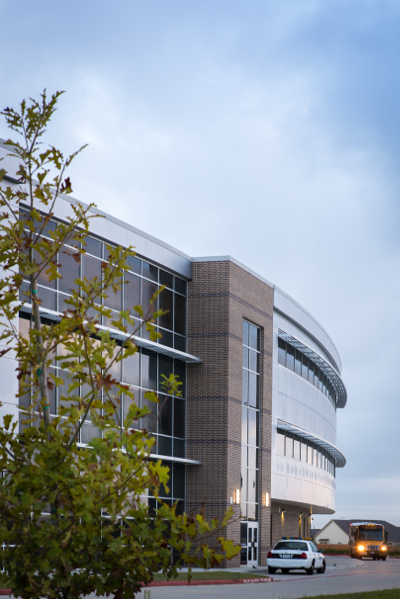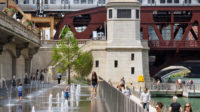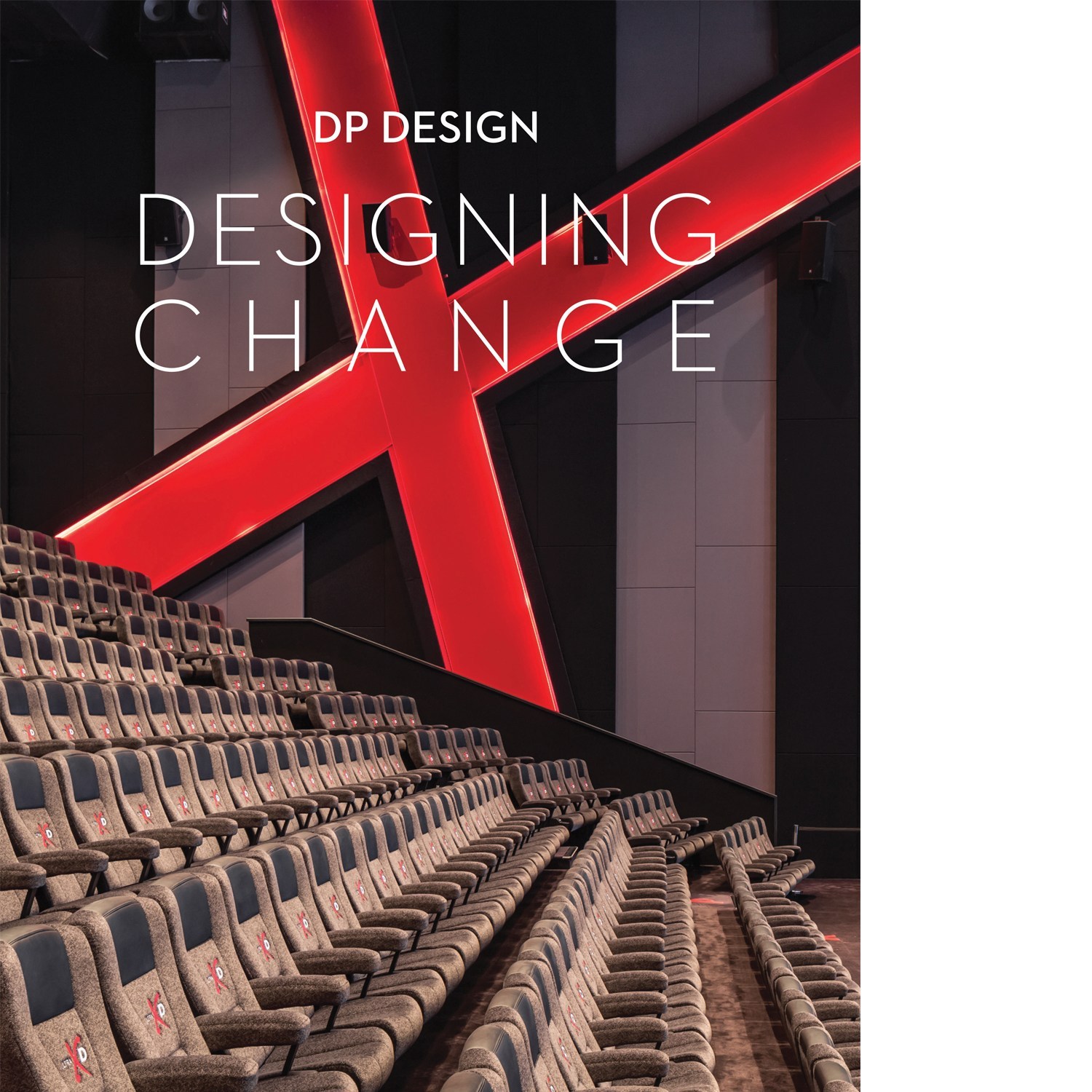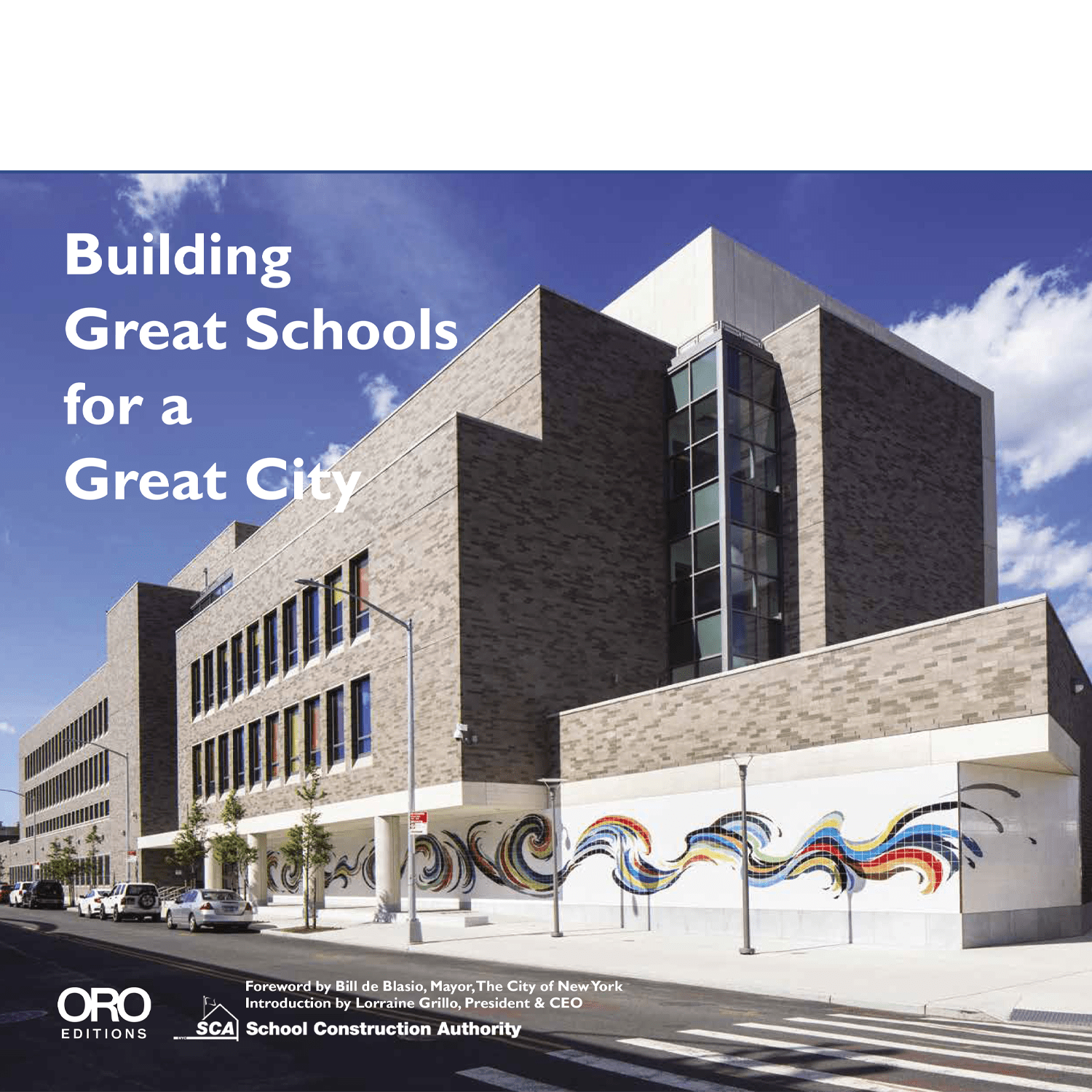The shooting rampage that left 17 Florida high school students dead in February triggered a massive response by young people across the country demanding meaningful gun policy reform from legislators. But architects have been working to design safer facilities for years, shaping the built environment to contend with the brutal reality that the nation has seen at least 239 school shootings since the massacre at Sandy Hook Elementary School in December 2012.
“The challenge is to balance security concerns with the overarching goal of providing a school building that will nurture and inspire students and connect to the community that it serves”, says Jay Brotman of Svigals+Partners, in New Haven, Conn., who led the design of the new Sandy Hook School that opened in August 2016. With rigorous planning of both site and structure that adheres to crime prevention through environmental design (CPTED), a multidisciplinary approach to discouraging criminal activity, Brotman says “you can achieve a more secure school that is in harmony with nature and creates a better learning environment for the next generation.”
Of course, there is no universal approach to designing safe schools, and issues of security can be as varied as the student body and susceptible to locale. The affluent bedroom community of Newtown, Conn., is a far cry from inner-city Chicago.

John Ronan, of Chicago-based John Ronan Architects, has overseen the design of a number of projects in high-crime neighborhoods. “We take a layered approach to building entry, extensive use of interior glazing and the avoidance of nooks and crannies where people can hide and bad things can happen,” he says.
But Ronan adds that strategies to mitigate various security scenarios are sometimes at odds with one another. “The challenge is how to design for day-to-day operational security, but also for safety during an active shooter situation,” he says. Extensive internal glazing, for instance, enhances supervision and building security on a normal day, but “could be a liability in an active shooter situation,” he says.
This is indeed a concern, especially given that open-plan layouts known to be conducive to collaborative learning are becoming increasingly common.
However, “while open plans may have vulnerabilities, they’re offset by the fact that they promote natural surveillance,” explains Ian Powell, a partner at Houston-based PBK, which focuses almost exclusively on educational facilities. He adds that ballistic glazing and stronger hardware and control systems, allowing for quicker and more secure lock-down protocols, can mitigate these concerns.
“Each project is unique, each project should be unique,” says Powell. “But, in today’s world, one of the main objectives for any school design should be to foster an ability to delay and deter, in the case of an active shooter, and to accelerate response time.”








